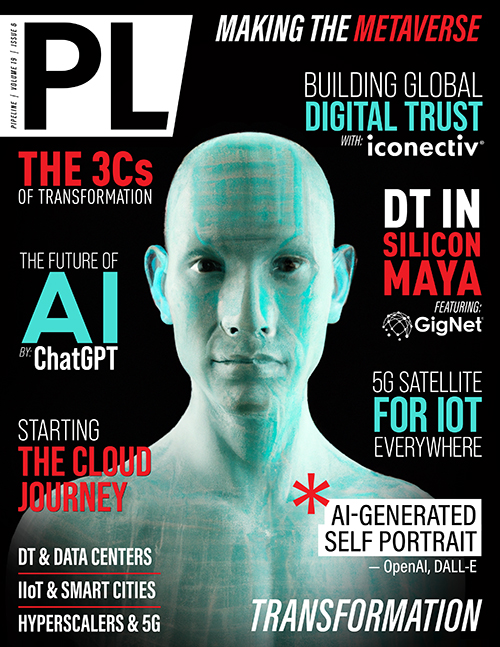The 3 Cs of Transformation: A Blueprint for Telcos
Each provides an essential pillar in the three Cs fueling this transformation, as telcos move to be convergent, composable, and cloud native.
Convergent
Convergence is at the heart of the changes required for a modern telco. For too long, telco architecture has embraced—or tacitly ignored—inefficient silos.
As industry analysts have recognized, for service providers to better engage with the digital economy and become digital themselves, it is essential that architectural silos are broken down and information flow between systems is seamless.
As one of the earliest pillars for change, 3GPP—which sets the telecom networking standards—introduced the concept of Converged Charging, for the 5G era and beyond, to replace separate constructs for online charging and offline charging.
The impact of Converged Charging in the new 5G architecture is fundamental: all information used to determine a price is provided in a common manner. The use of modern protocols supporting publish and subscribe best practices as in other industries encourages identification of innumerable sources of reliable data and instrumentation to derive value for services rendered.
The same components are used to calculate value regardless of the customer type (prepaid or postpaid, business or consumer), resulting in smoother interoperability for the entire infrastructure. Telefónica Germany, for example, has consolidated charging for all segments onto one real-time system, simplifying the workflows and moving to a leaner, cloud-native, and API-based architecture over its legacy systems.
Convergence enables telcos to provide real-time engagement through digital channels, for both retail and wholesale customers. No matter the business scenario, customers can get a real-time view of their services, spend, and service-level agreements.
Convergence in the network alone is not sufficient, however. To achieve the goals outlined above, changes must be propagated into the heart of business systems that have been isolated from the charging system. This brings us to the next pillar.
Composable
Through composable building blocks, telcos can remove inefficiencies from business processes and create reusable components. These software solutions—across network and IT in a modern telco—are striving toward “plug and play” solutions that reduce integration challenges, provide a modular architecture, and enable automation for real-time services and lifecycle changes.
The TM Forum launched the Open Digital Architecture (ODA) to specifically address
this need.
ODA replaces traditional operations and business support systems (OSS/BSS) with a new approach to building software for the telecoms industry, opening a market for standardized, cloud-native
software components, and enabling communication service providers and suppliers to invest in IT for new and differentiated services instead of maintenance and integration.
Modular components mean the elimination of monolithic systems that are slow to respond to shifting needs. Instead, architects can string together components as they are needed, solving interoperability through Open APIs. For these reasons, renewed efforts are now upon the creation and advancement of TM Forum’s Open APIs, aligned with new component definitions to empower operators rolling out a new digital business architecture. Companies collaborating with TM Forum on these



















